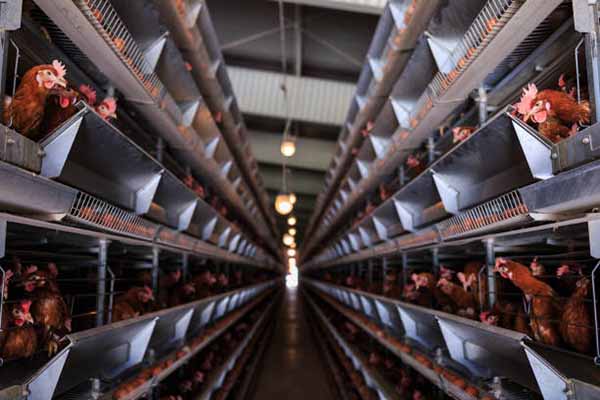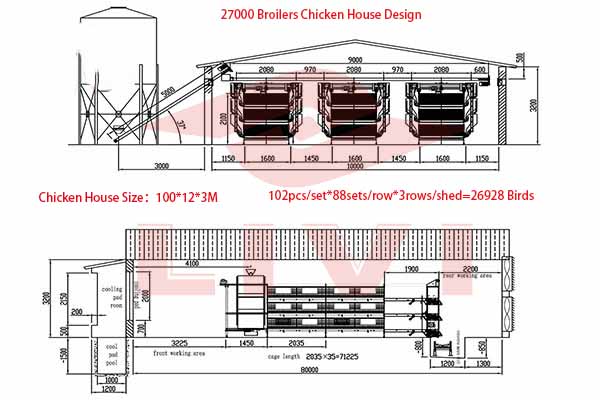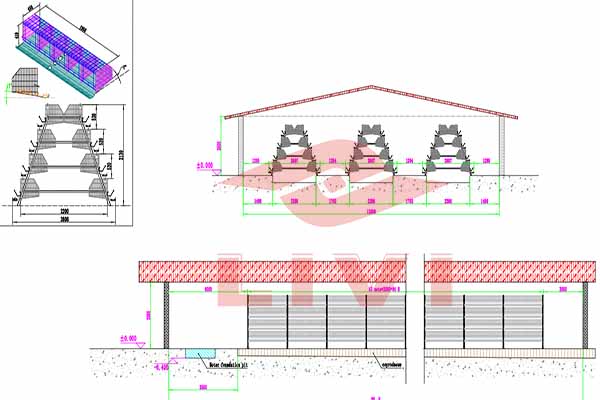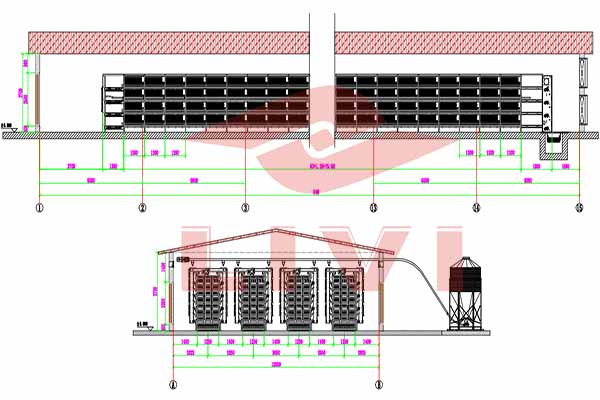Optimizing the Vaccination Schedule for 80,000 Layers in Tanzania: The Ultimate Guide
In the bustling poultry industry of Tanzania, ensuring the health and productivity of 80,000 layers is paramount for any successful farming operation. One key aspect of this is establishing an effective vaccination schedule. In this article, we’ll explore the best vaccination strategies for a farm of this scale, considering factors like poultry farming equipment and automated chicken cages.
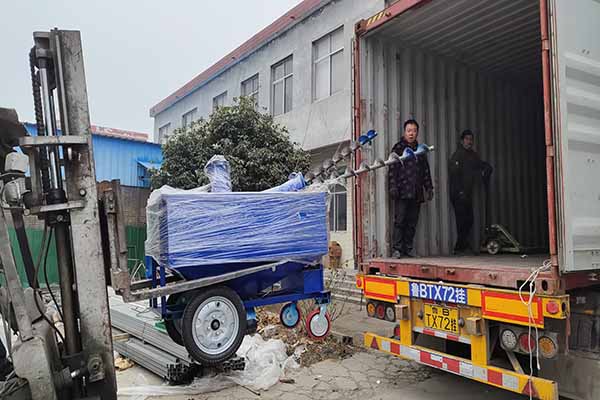
Understanding the Vaccination Needs
Before delving into the vaccination schedule, it’s crucial to understand the specific needs of your flock. Here are some essential points to consider:
- Disease Risks: Assess the prevalent diseases in your region and ensure your vaccination program addresses these risks.
- Flock Health: Regular health checks help identify any specific concerns or weaknesses in your flock that may require additional attention.
- Economic Feasibility: Evaluate the cost-benefit of each vaccine to ensure you’re making financially sound decisions.
The Ideal Vaccination Schedule
The vaccination schedule for 80,000 layers should be comprehensive and well-structured. Here’s a general guideline:
| Age of Chickens | Vaccination Type | Frequency |
|---|---|---|
| Newborn (1-3 Days) | Necrotic enteritis | 1 dose |
| 1-4 Weeks | MD & ND | 1 dose each |
| 5-7 Weeks | Infectious bronchitis | 1 dose |
| 8-10 Weeks | IB Revaccination | 1 dose |
| 11-13 Weeks | Newcastle Disease | 1 dose |
| 14-16 Weeks | Newcastle Disease Revaccination | 1 dose |
Remember, this is a general guideline and may need adjustments based on specific flock health, local disease prevalence, and other factors.
Using Poultry Farming Equipment and Automated Chicken Cages
Implementing an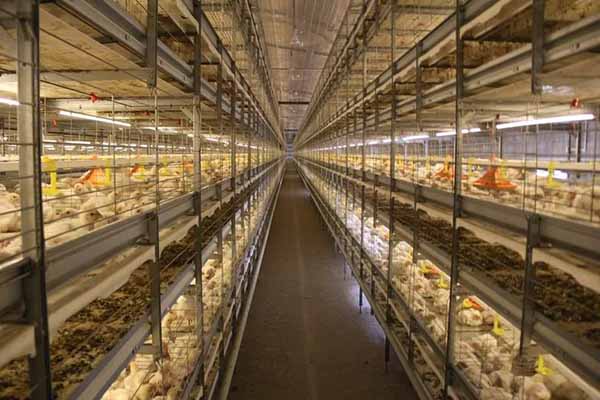 effective vaccination program is also about having the right tools. Poultry farming equipment and automated chicken cages play a crucial role:
effective vaccination program is also about having the right tools. Poultry farming equipment and automated chicken cages play a crucial role:
- Health Monitoring: Regular monitoring systems ensure quick identification of potential disease outbreaks.
- Vaccination Efficiency: Automated vaccination systems can help in administering vaccines to large flocks quickly and accurately.
- Comfort and Welfare: High-quality cages and equipment ensure the well-being of the chickens, leading to better overall health and productivity.
Investing in the right equipment can significantly enhance your vaccination program’s effectiveness.
Conclusion
Creating the best vaccination schedule for 80,000 layers in Tanzania requires careful planning and consideration of several factors. By following the guidelines provided and investing in appropriate poultry farming equipment, such as automated chicken cages, you can set your farm on a path to success.
For more information and to get a free poultry farming design plan and equipment quote from Livi Mechanical, leave a comment below or contact us directly.
